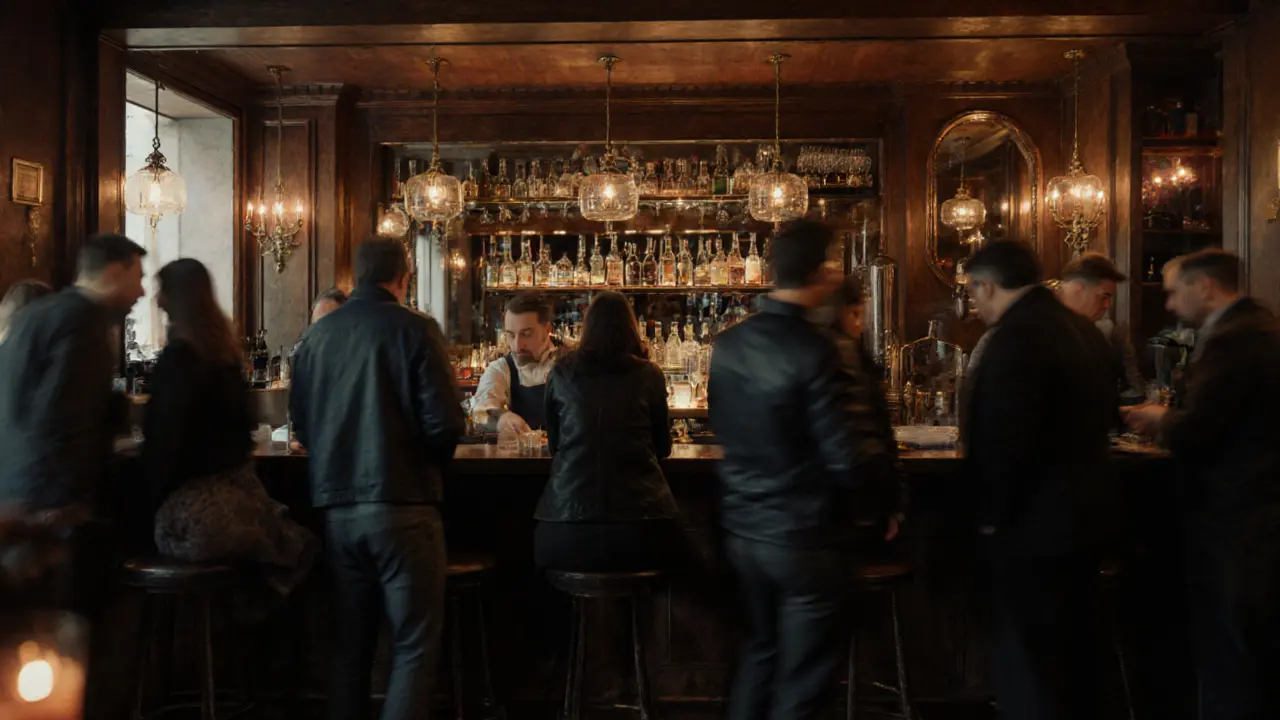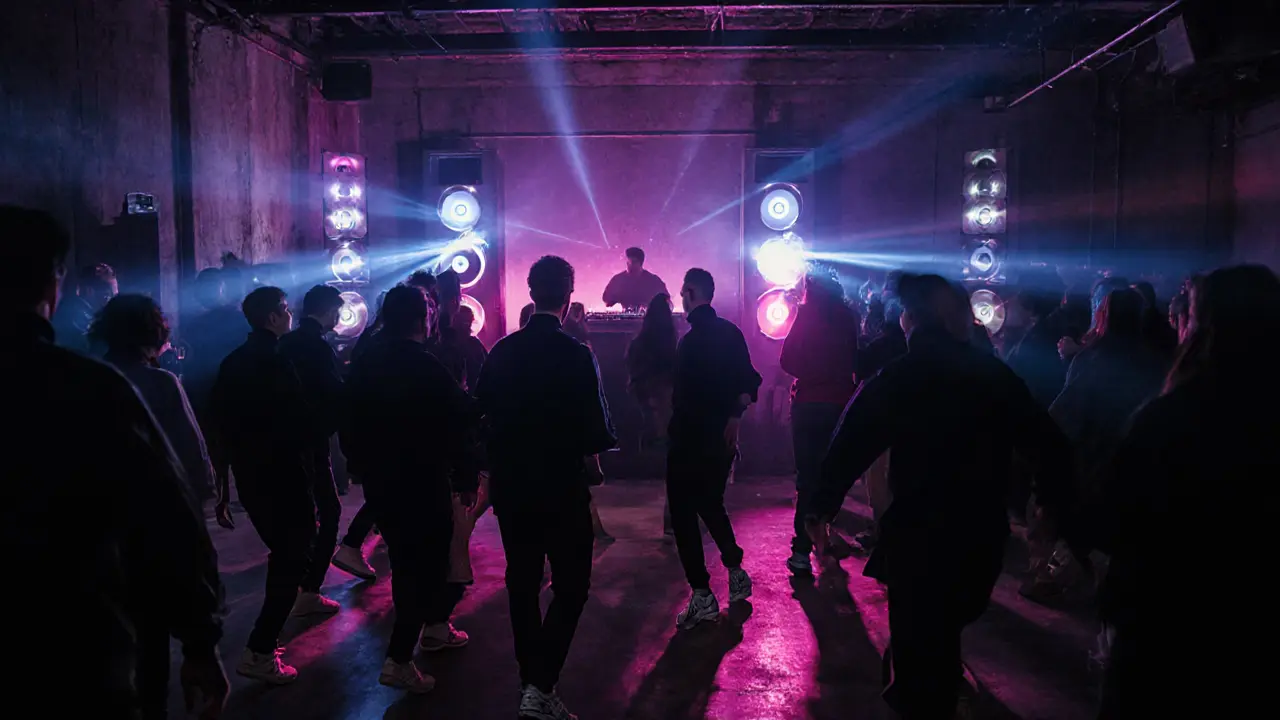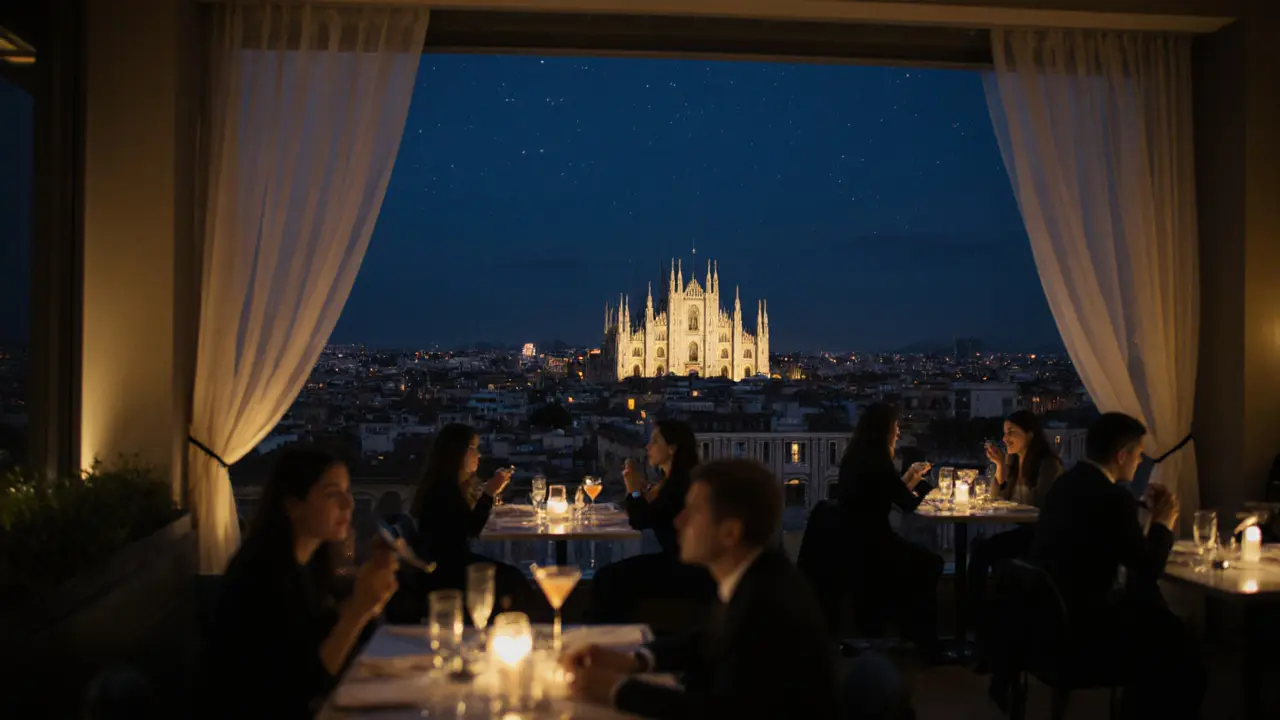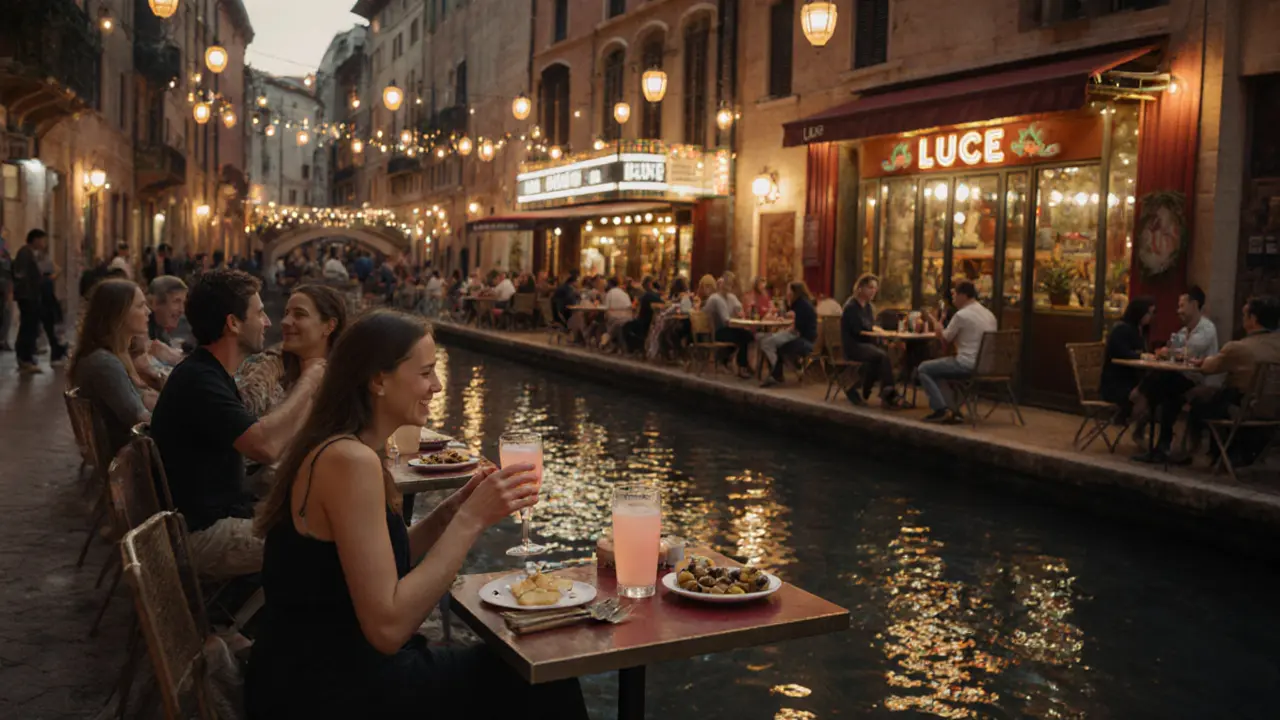A Night to Remember: The Best Clubs and Bars for Nightlife in Milan

When the sun sets in Milan, the city doesn’t sleep-it switches gears. Forget the fashion shows and designer boutiques for a few hours. After midnight, Milan becomes a pulsing, stylish, and surprisingly diverse nightlife hub. You won’t find just one kind of night here. You’ll find rooftop lounges with skyline views, underground techno dens, historic wine bars that feel like secret societies, and clubs where the music doesn’t start until 2 a.m. and doesn’t stop until dawn.
Where the Locals Go: Navigating Milan’s Real Nightlife
Most tourists head straight to the Duomo area or Brera for drinks, but the real Milan nightlife lives elsewhere. The city’s energy shifts depending on the neighborhood. If you want to see how Milanese people actually unwind after work, skip the tourist traps and head to Porta Venezia or Zona Tortona. These are the districts where the crowd is younger, the music is louder, and the vibe is unfiltered.
Start your night in Porta Venezia. It’s a mix of old-school Milan and new-wave creativity. Bars here don’t care about fancy cocktails-they care about good company and great beer. Bar Basso is a legendary cocktail bar that invented the Negroni Sbagliato in 1970. It’s small, dimly lit, and always packed. You won’t find a menu. Just tell the bartender what you’re in the mood for, and they’ll make you something unforgettable.
The Clubs That Define Milan’s Sound
Milan’s club scene is split between two worlds: the elite and the experimental. On one side, you have La Scala’s after-parties-exclusive, invite-only events where fashion designers and DJs mingle. On the other, you have underground spaces that don’t even have signs on the door.
Armani/Silos hosts occasional club nights that blend art and music, but the real heartbeat of Milan’s techno scene is at Cluba. Located in a converted warehouse near the Navigli canals, Cluba plays deep house and minimal techno. The crowd? Mostly locals in black turtlenecks and vintage sneakers. No VIP section. No bottle service. Just a 100-person dance floor, a killer sound system, and a DJ who knows how to build a set over four hours.
For something more high-energy, Magazzini Generali is your spot. It’s not just a club-it’s a cultural institution. Formerly a 19th-century grain warehouse, it now hosts international DJs, live electronic acts, and art installations. The crowd here is international but still rooted in Milan’s aesthetic: cool, quiet, and effortlessly stylish. Doors open at 11 p.m., but the real magic happens after 1 a.m.
Bars That Feel Like Time Travel
If you’re not in the mood to dance, Milan has bars that feel like stepping into another era. Caffè Cova has been serving espresso and pastries since 1817. It’s not a night spot, but if you’re in the area after dinner, grab a glass of Barolo and sit by the window. The staff still wears waistcoats.
For something more modern but equally atmospheric, try Il Salumiere in the Brera district. It’s a wine bar disguised as a butcher shop. The shelves are lined with cured meats, but the back room holds 80+ Italian wines by the glass. The owner, Marco, will recommend a bottle based on your mood-not your budget. He once served me a 20-year-old Barbaresco because I said I was feeling nostalgic.
Don’t miss La Bicocca, a hidden gem in the Navigli area. It’s a tiny bar with no sign, just a red door. Inside, you’ll find locals sipping Aperol spritzes while vinyl records spin. The playlist? Italian indie rock from the 90s. No one talks about it. You just hear about it from someone who went last weekend.

Rooftops With a View
Milan’s skyline is one of the most underrated in Europe. And the best way to see it? From above. Terrazza Aperol sits atop the Galleria Vittorio Emanuele II. It’s not the cheapest spot-cocktails start at €18-but the view of the Duomo lit up at night is worth every euro. The crowd here is a mix of tourists and Milanese professionals celebrating Friday nights.
For a quieter, more intimate experience, head to Top of the Gate on the 21st floor of the Porta Nuova complex. The bar is minimalist, the lighting is soft, and the cocktails are crafted with local ingredients. Their signature drink? The Milanese Negroni, made with gin distilled in Bergamo and bitter orange from Sicily. They serve it with a single ice cube-because in Milan, they believe in letting the flavor speak for itself.
When to Go and What to Wear
Milan’s nightlife doesn’t rush. Clubs don’t fill up until after midnight. Most locals don’t even think about going out until 1 a.m. If you show up at 10 p.m., you’ll be the only one there. Plan your night accordingly.
As for dress code: Milan doesn’t require suits, but it does expect effort. No flip-flops. No hoodies. No athletic wear. Even in the underground clubs, people dress with intention. Think dark jeans, a tailored jacket, or a simple silk top. Shoes matter-walkable, but stylish. You’re not here to impress strangers. You’re here to blend in.

What to Avoid
Don’t go to clubs that advertise "VIP tables" on Instagram. Those are usually overpriced, overhyped, and full of people who just want to be seen. The real Milan nightlife doesn’t need hashtags.
Avoid the area around Piazza del Duomo after 11 p.m. It’s crowded with tourists, overpriced drinks, and fake bouncers trying to get you into clubs that don’t even exist. Stick to the neighborhoods locals know.
And never, ever ask for a "Americano" unless you want to be served a bitter, weak coffee. In Milan, an Americano is a coffee drink. If you want a cocktail, ask for a Negroni or an Aperol Spritz.
Final Tip: Let the Night Lead You
Milan’s nightlife isn’t about checking off clubs. It’s about wandering. One night, you might end up at a jazz bar in Brera. The next, you’re dancing in a warehouse with strangers who become friends by 3 a.m. The city rewards curiosity. Don’t plan your night too tightly. Let the music, the people, and the atmosphere guide you.
Bring cash. Many places don’t take cards after midnight. Keep your phone charged. And don’t be afraid to strike up a conversation. Milanese people may seem reserved at first, but once they realize you’re there to experience the city-not just snap photos-they’ll open up.
What’s the best time to start a night out in Milan?
Most Milanese don’t head out until after midnight, and clubs don’t really come alive until 1 a.m. or later. Dinner typically ends around 10 p.m., and the real party starts after that. If you arrive at a club before 1 a.m., you’re likely to have the place to yourself.
Do I need to book ahead for clubs in Milan?
For big-name clubs like Magazzini Generali or Armani/Silos, yes-especially on weekends. For smaller spots like Cluba or La Bicocca, you can usually just show up. Walk-ins are welcome, but lines form after 2 a.m. If you’re going to a rooftop bar, booking a table is a good idea.
Is Milan’s nightlife safe at night?
Yes, Milan is one of the safest major cities in Italy for nightlife. Stick to well-lit areas, avoid overly crowded tourist zones after midnight, and keep your belongings close. The neighborhoods with the best nightlife-Porta Venezia, Navigli, Zona Tortona-are generally very safe. Just use common sense, like you would in any big city.
What’s the average cost for a night out in Milan?
A cocktail at a bar costs €12-€18. Entry to clubs ranges from €10-€20, sometimes free before midnight. Rooftop bars are pricier-€25-€35 for a drink. If you’re just hopping between bars, €50-€70 will cover a full night. Skip the bottle service-most locals spend far less and have more fun.
Are there any age restrictions for clubs in Milan?
The legal drinking age in Italy is 18, and most clubs enforce it strictly. You’ll need ID, even if you look older. Some venues, especially upscale or private clubs, may have a 21+ policy. Always carry a passport or EU ID card.


